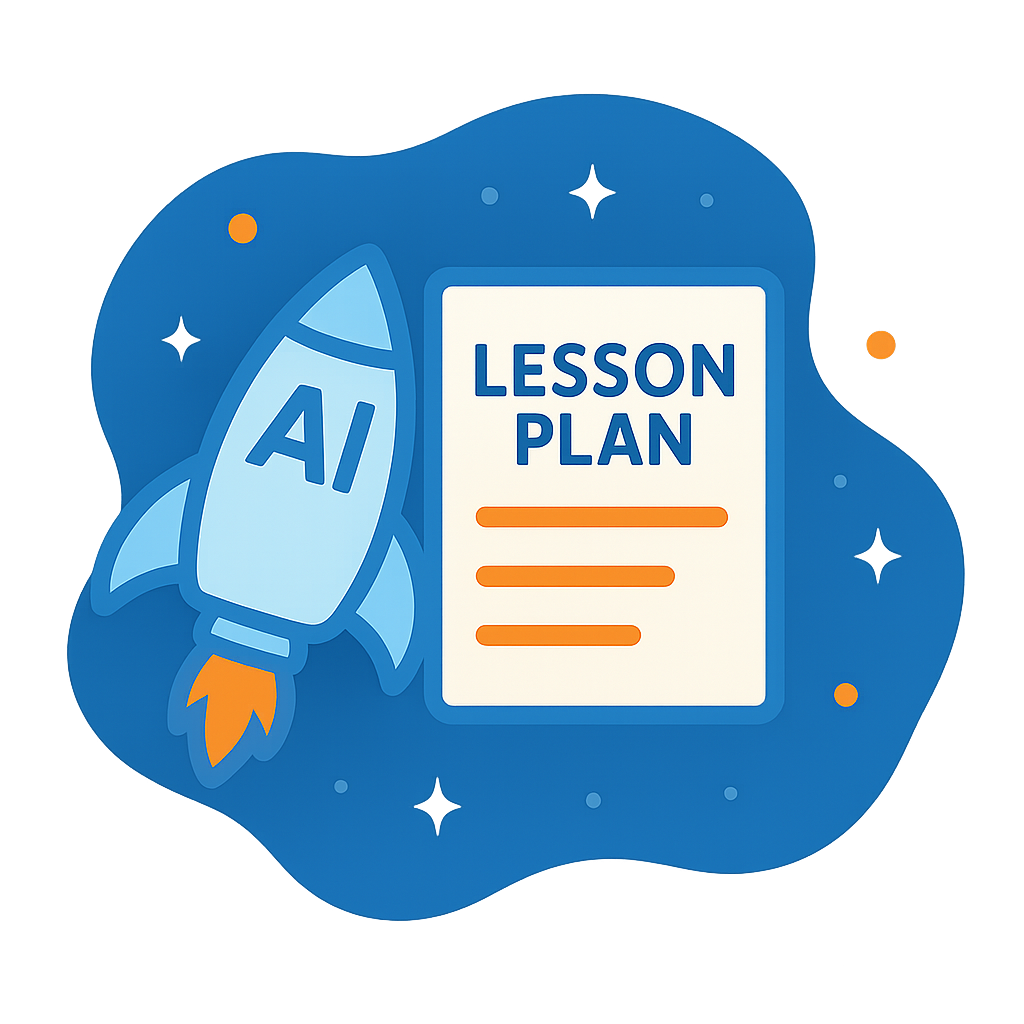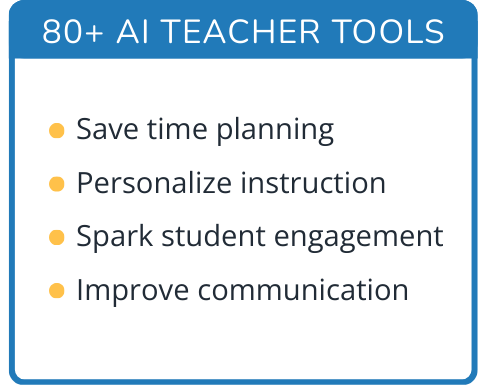Hi, what do you want to do?
Curated OER
Relating to Newton's Second Law
Twelfth graders study the relationships of the 3 variables in Newton's Second Law. They design an experiment to test the relationships among the variables. Students work cooperatively with members of a team. They also analyze data to...
Curated OER
The Big Bang Theory
Students will use scientific reasoning to formulate ideas about the formation of the universe using the Big Bang Theory. The use of critical thinking skills is part of the activity and the foundation of the scientific method will serve...
Curated OER
Backyard Critters
Students explore the characteristics of invertebrates in their backyards. They observe, describe, and classify specimens. They conclude with a "snail race."
Curated OER
No Lights Tonight
Students explore use of batteries and electrical power on farms in the 1930s.
Curated OER
Who Turned the Lights Out?
Students discover the life cycle of butterfly by observing its growth from egg to caterpillar and the formation of its chrysalis. Students conduct an experiment in which they design housing for the chrysalises which are either in full...
Curated OER
Celery Lab
How do sugar and salt affect celery's mass, width, and flexibility? Using simple household ingredients, young scientists will perform a controlled experiment to find out. The lab is scaffolded through a worksheet, but there are no other...
Curated OER
A “Scientific” Approach to Buying a Car
Students examine what it takes to purchase a car and the resources out there to help find what you are looking for. In this scientific method lesson students complete different problem solving situations.
Curated OER
Implicit Differentiation
Pupils explore the concept of derivatives. They use implicit differentiation to determine points on a graph where a tangent line is horizontal, vertical, or oblique. Finally, learners find the derivative of a polynomial by...
Curated OER
How Much Energy is Stored in Wood?
In this energy lesson, young scholars create calorimeters out of soda cans and use them to calculate the amount of energy stored in different types of wood.
Curated OER
Where Should They Hold the Fundraising Party?
Pupils explore financial applications of linear functions. As they investigate the steps necessary to plan a fundraising event, learners explore minimizing cost and maximizing profits.
Curated OER
Distributive Property
Students solve problems using distribution. In this algebra lesson, students factor equations using the distributive property. They graph their solution on a graph.
Curated OER
Slingshot Characterization Experiment
Students set up and conduct a scientific experiment to demonstrate data collection. In this scientific process instructional activity, students complete an activity with the specific objective of using a slingshot to fire a t-shirt into...
Curated OER
IPC Physics
In this physics review instructional activity, students compare inertia and momentum, insulators and conductors, and series and parallel circuits. Students review Newton's laws. This instructional activity has 20 fill in the blank, 12...
Curated OER
IPC Physics Final Review
For this physics review worksheet, students compare experimental variable, simple machines, and Newton's Laws. Students calculate kinetic energy, work, power, speed, and velocity. Students review conduction, convection, and radiation....
Curated OER
The Behavior of Ants
Students use the steps of the Scientific Method to develop and test their own ideas through experimentation with ants.
Curated OER
Volumes of Rectangular Prisms
Students determine the volume of a rectangular prism. They then maximize and minimize the volume given variable side lengths. Finally, they factor the volume equation to determine the side lengths.
Curated OER
Watch Me Grow
Students observe that plants need air, food, light, and water to survive. In this plant biology activity, students observe the growth and development of two plants, one is the control plant and the other is denied either air,...
Curated OER
Sequences
Students solve problems using the TI. In this calculus lesson, students evaluate functions using sequences. They graph the functions on the TI and make observations.
Curated OER
Mapping Animal Behavior
Students discuss the value of sampling in science. They, in groups, map cricket movement in response to various stimuli and graph their results.
Curated OER
Hooke's Law
Students explore the relationship between the force applied to a spring and its stretch. They design and conduct an experiment to determine the stretch of spring with 15N of force without having an actual 15N mass.
Curated OER
Snell's Law
Young scholars determine whether the index of refraction of sample of Corn Syrup meets Federal standards. This task assess students' abilities to explain the procedures for investigation, plan for recording and organizing observations...
Curated OER
Electric Circuits
Students determine the power dissipated in the combination of two resistors connected in series to a 6 volt battery. This task assesses students' abilities to develop procedures for an investigation, develop a plan for recording and...
Curated OER
Pendulum Problems
Ninth graders explore how pendulums function. For this pendulums lesson students complete a pendulum lab activity.
Discovery Education
Cool It!
Adjust the melting time of ice without varying the temperature! Learners experiment with different materials to decide how the materials affect the rate an ice cube melts. They then connect their findings to the conductivity of each...




























